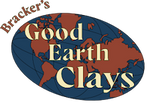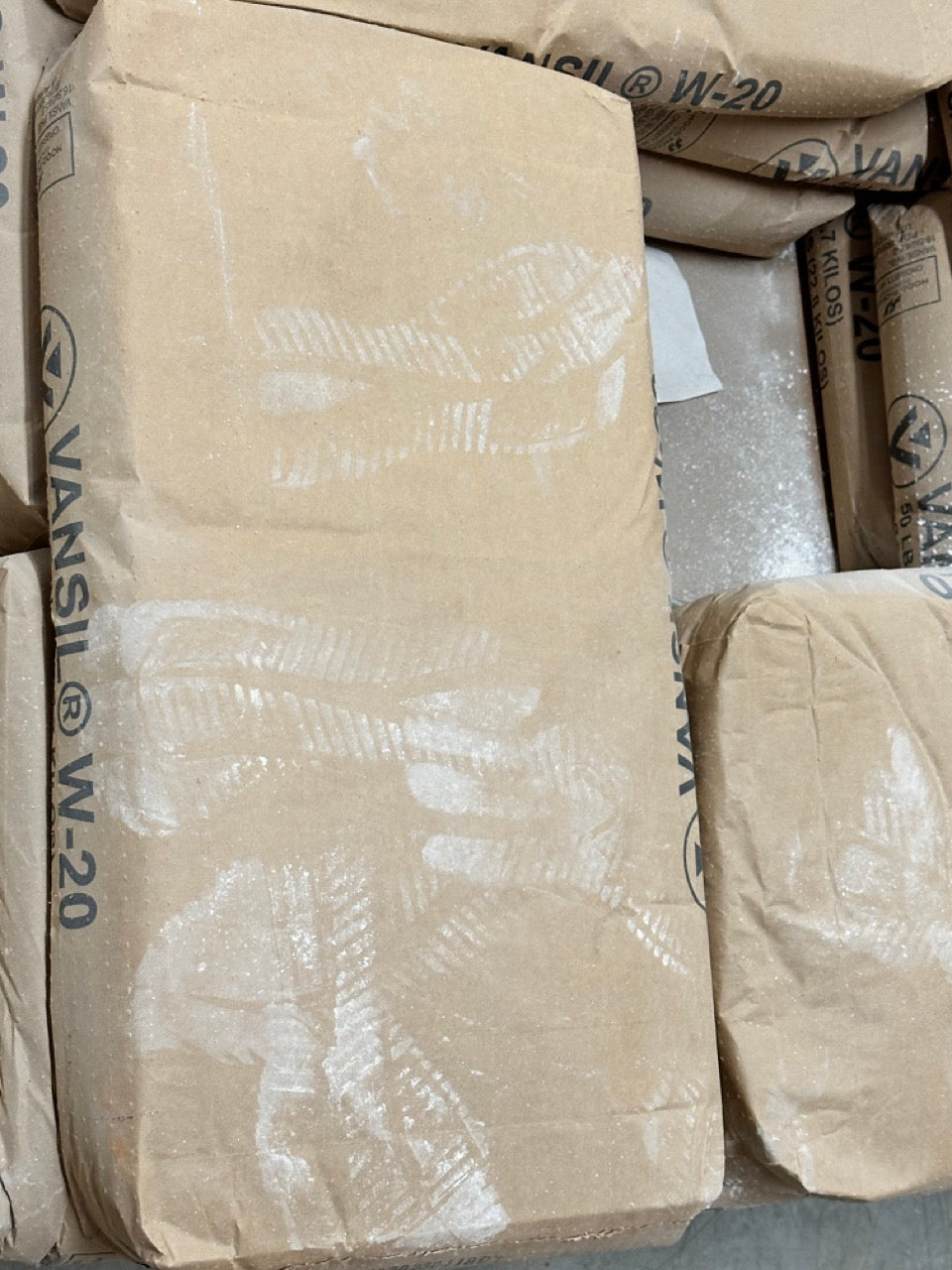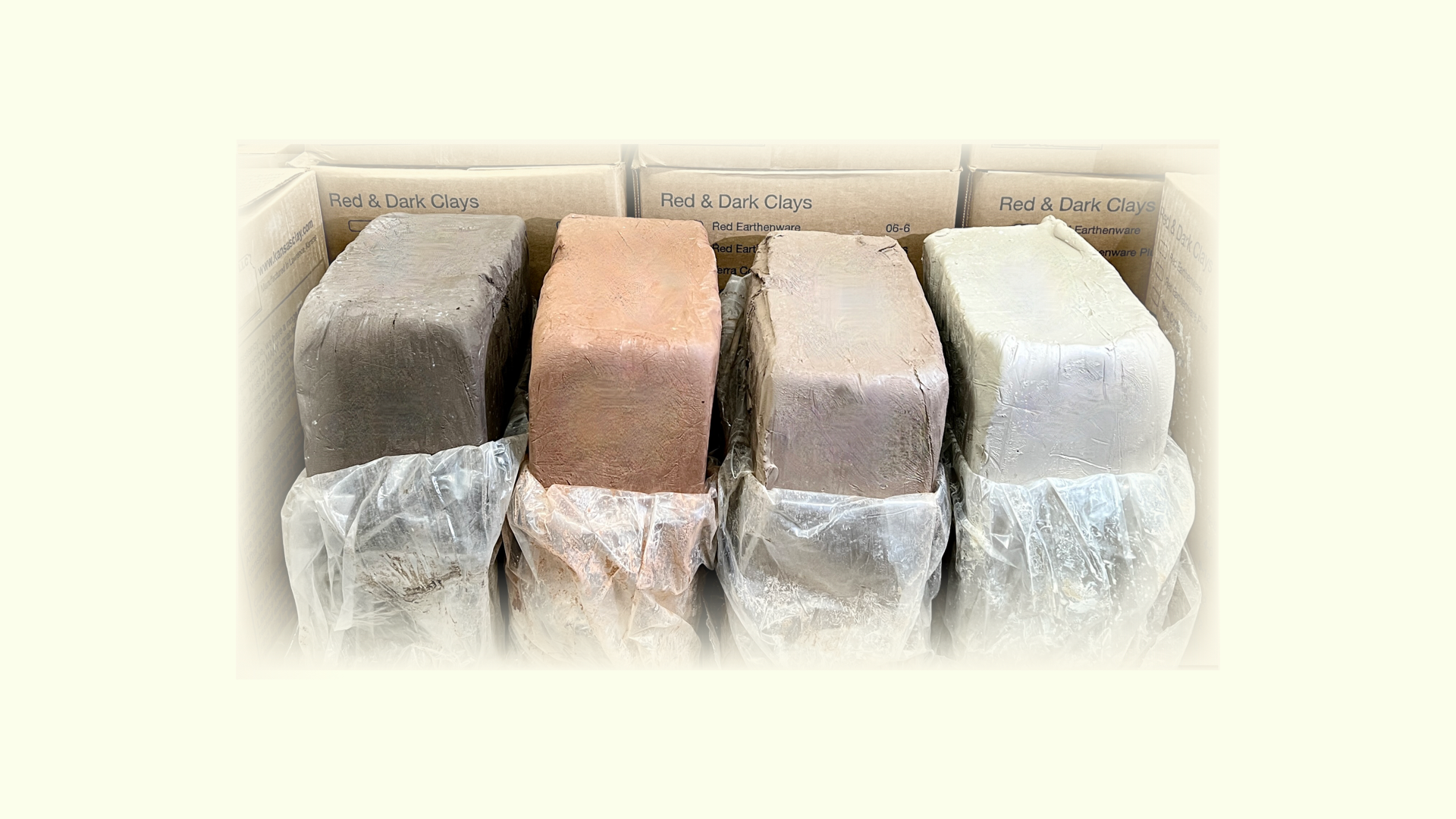Black Copper Oxide (Cupric Oxide)
Regular price
From $9.50
Sale price
From $9.50
Regular price
Choose your option
Hawthorn Fireclay - 50 mesh FULL BAG
Regular price
$19.00
Sale price
$19.00
Regular price
Choose your option
Choose your option
Choose your option
Choose your option
Calcium Carbonate (Whiting)
Regular price
From $2.50
Sale price
From $2.50
Regular price
Choose your option
Cedar Heights Fireclay 50 mesh FULL BAG
Regular price
$30.00
Sale price
$30.00
Regular price
Choose your option
Soda Ash (Sodium Carbonate)
Regular price
From $2.50
Sale price
From $2.50
Regular price
Choose your option
Choose your option
Choose your option
Choose your option
Choose your option
Choose your option
Ultrox (Zircopax replacement)
Regular price
From $6.00
Sale price
From $6.00
Regular price
Choose your option
10 Mesh Flint Grog (coarse)
Regular price
From $2.50
Sale price
From $2.50
Regular price
Choose your option
30 Mesh Flint Grog (fine)
Regular price
From $2.50
Sale price
From $2.50
Regular price
Choose your option
Choose your option
Choose your option
Choose your option
Choose your option
Plaster - USG #1 Pottery FULL BAG.
Regular price
$24.00
Sale price
$24.00
Regular price


















































































































